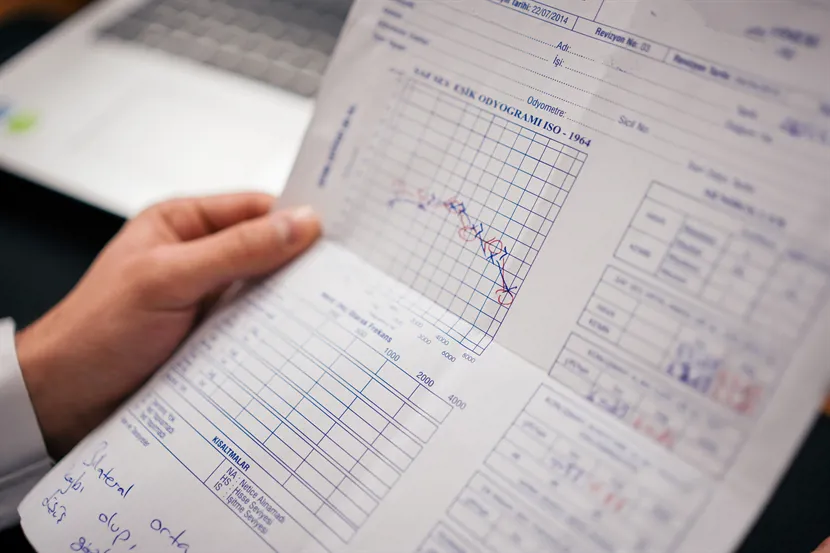Exploring the Relationship Between GDP Growth and Commercial Real Estate

The commercial real estate industry, a powerhouse driving job creation, investment opportunities, and overall economic growth, holds a pivotal role in the economy. Unraveling the intricate relationship between GDP growth and commercial real estate is an imperative task for policymakers, investors, and industry professionals. Brace yourself as we embark on an insightful journey to explore the multifaceted connection, examining both the direct and indirect impacts of GDP on the realm of commercial real estate.
Overview of Key Concepts
To grasp the correlation between GDP growth and commercial real estate, we must delve into the fundamental concepts that underpin this intricate relationship. Gross Domestic Product (GDP) acts as a vital yardstick, measuring the total value of goods and services produced within a country's borders over a specific period. Commercial real estate encompasses properties meticulously designed for business purposes, including office buildings, retail spaces, industrial facilities, and beyond. Over time, this dynamic sector has gracefully evolved, adapting to shifting market demands and economic conditions.
Theoretical Perspective: Economic Principles and Real Estate
Prepare to unravel the captivating interplay between economic principles and the real estate realm. The health of an economy, as mirrored in its GDP growth, exerts profound influence over the commercial real estate sector. Supply and demand dynamics, the ebb and flow of business cycles, and the symphony of market forces intricately shape the connection between GDP and commercial real estate. In turn, this sector plays a vital role in fostering economic activities by providing tangible spaces for businesses to flourish, thereby generating revenue through rental income and capital appreciation.
The Direct Relationship Between GDP and Commercial Real Estate
The direct influence of GDP growth on commercial real estate demand and supply is nothing short of fascinating. During periods of economic expansion, businesses flourish, igniting a surge in demand for office spaces, retail outlets, and industrial facilities. However, during economic downturns, the tide recedes as businesses downsize or, in some unfortunate cases, shutter their operations, leading to higher vacancy rates. Intriguing case studies from the annals of history offer profound insights into how shifts in GDP leave an indelible mark on the commercial real estate market.
The Indirect Relationship Between GDP and Commercial Real Estate
Prepare to unlock the enigmatic dance between GDP growth and the web of indirect influences on commercial real estate. A symphony of economic indicators, including interest rates, employment levels, and consumer spending patterns, closely intertwined with GDP, creates a vibrant tapestry that shapes the demand and performance of commercial properties. Low interest rates and robust employment levels tend to unleash a flurry of business activities, fueling a soaring demand for commercial real estate. Embarking on an expedition through riveting case studies, we gain deeper insights into how these indirect relationships manifest within the dynamic real estate market.
The Role of Policy and Regulation
Behind the scenes, government policies and regulations meticulously mold the ever-evolving dynamics between GDP growth and commercial real estate. Fiscal and monetary policies, deftly wielded by authorities, unleash their impact on interest rates, tax incentives, and infrastructure development, thus casting their spell on the commercial real estate market. Armed with an understanding of these policy dynamics, industry professionals and savvy investors navigate the market with deftness and precision.
Predicting Commercial Real Estate Trends with GDP Growth
Unlocking the predictive potential of GDP growth, a compass guiding commercial real estate trends, is a thrilling pursuit. Armed with historical data and armed with analytical acumen, investors can make prudent decisions regarding their investments. However, acknowledging the limitations and challenges tied to solely relying on GDP for predicting commercial real estate trends is paramount. Local market conditions and industry-specific dynamics add depth to the complex equation.
Future Implications and Trends
Peer into the crystal ball and envision the future implications and trends awaiting the commercial real estate industry. Current GDP projections unveil tantalizing prospects, such as the ascent of technology-driven office spaces, the meteoric rise of e-commerce and logistics facilities, and the soaring prominence of sustainability and wellness in building design. Grasping the ever-evolving relationship between GDP growth and commercial real estate empowers industry players to harness these trends and make shrewd investment decisions.
Conclusion
In this captivating journey, we've unraveled the intricate dance between GDP growth and commercial real estate. This nexus weaves a tapestry of interdependencies, where the performance of the commercial real estate sector mirrors the health and growth of the broader economy. Armed with insights into the direct and indirect impacts of GDP, an understanding of policy dynamics, and the power of GDP as a predictive tool, industry professionals and investors carve a path to a prosperous and sustainable future in the realm of commercial real estate.
- December 2023 (1)
- September 2023 (21)
- June 2023 (21)
- January 2023 (7)
- December 2022 (4)
- November 2022 (3)
- September 2022 (1)






